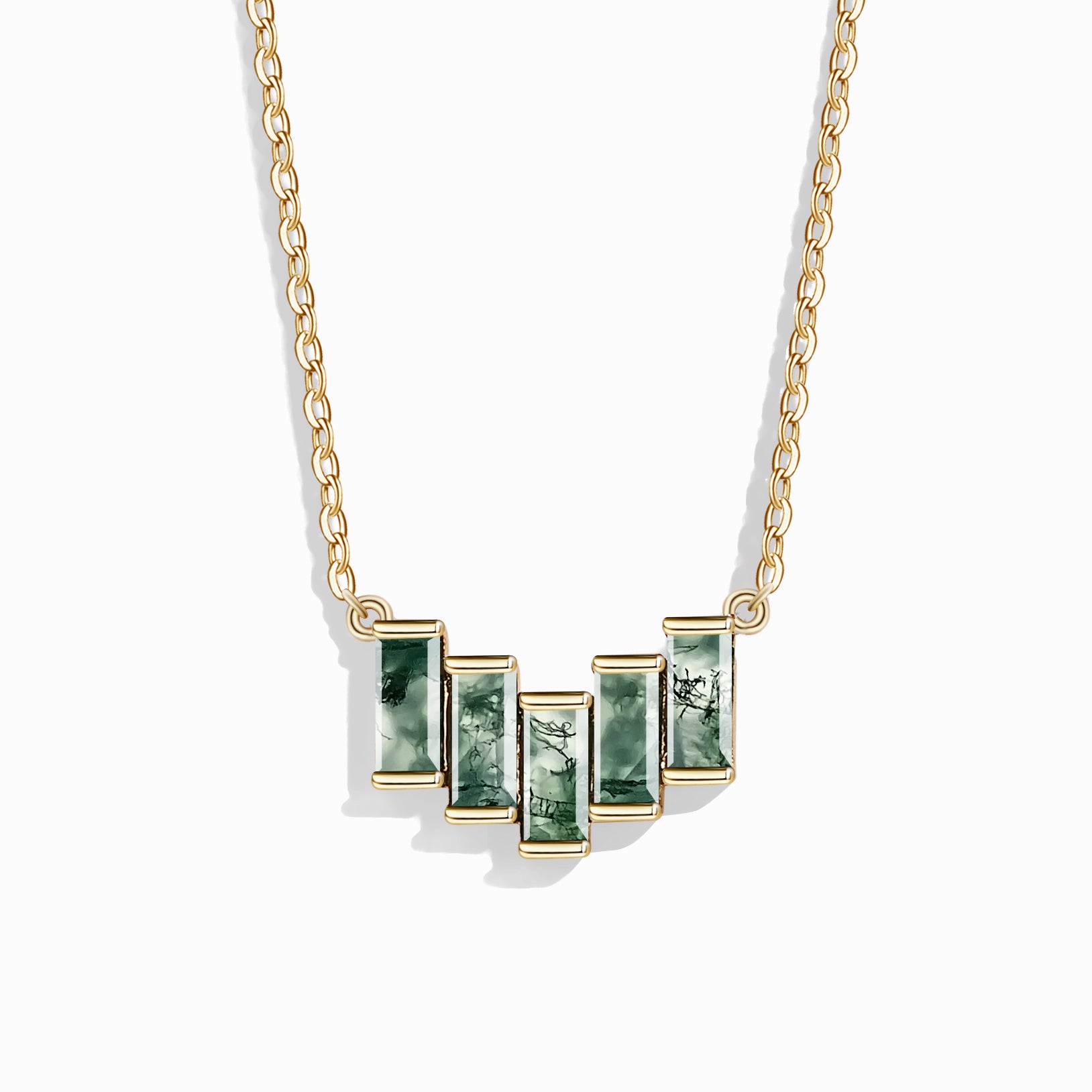Jasper originates from within the Earth's crust and can be found worldwide. In fact, as much as 12% of the Earth's crust is said to be jasper. As you probably know, Earth's plates shift. When they do so, the plates create deep cracks, which are filled with water. Jasper grows in these cracks and fills up the crack over time. Because Earth's plates are constantly shifting, they can create layers of jasper and create unique blends and patterns.
The term jasper originates from Old French, with the word jaspre meaning "spotted or speckled stone." Due to how it's formed, people also consider jasper to be the blood of the Earth. Jasper has a long history, with the earliest origins around 10,000 years ago. With ancient history being complicated to record, its usage may even be earlier.
One example is the ancient civilization of Mehrgarh, which was in what we know now as Pakistan. Their civilization mentioned jasper. Green jasper was commonly used to create the firestarter tool known as bow drills. Other civilizations used jasper to carve seals.
Jasper has also been used in many ancient religions. In Ancient Egypt, jasper was considered the blood of Isis. Egyptians would make amulets for the dead to grant them protection as they entered the afterlife. Meanwhile, in Norse mythology, Siegfried has a sword with jasper weaved into it.
In Christianity, red jasper is seen as a vigor of faith, represented by the Apostate Peter. In ancient legends, red jasper is seen to ward off evil, prevent snake bites, and even bring fertility. So, as you can see, red jasper has a rich history.
Today, polished jasper is an aesthetically pleasing jewel used in many decorations, including vases, boxes, seals, rings, and more. Besides its aesthetic, red jasper may have spiritual and healing properties.


















